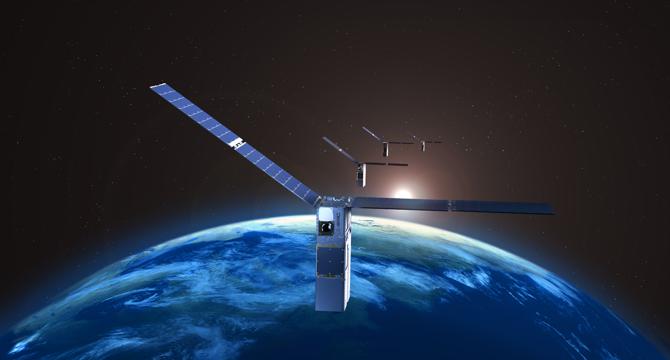Nasa
7d
178

Image Credit: Nasa
NASA Starling and SpaceX Starlink Improve Space Traffic Coordination
- NASA's Starling spacecraft swarm recently tested coordination with SpaceX's Starlink constellation to enhance space traffic coordination.
- The Starling mission began as a demonstration of autonomous planning and execution of orbital maneuvers, expanding to include maneuvers between the Starling swarm and Starlink satellites.
- Current space traffic coordination systems involve screening trajectories, alerting operators of potential conjunctions, and manual coordination to reduce collision probabilities.
- The Starling 1.5 experiment, led by NASA's Ames Research Center, aimed to improve autonomous maneuvering and coordination between satellite operators.
- NASA and SpaceX collaborated to design a conjunction screening service to enable operators to quickly receive and accept responsibility to maneuver away from potential collisions.
- The experiment successfully tested the system's performance by autonomously planning and executing maneuvers, validating SpaceX's Starlink screening service.
- Reducing the time needed to plan maneuvers could lead to more responsive satellite operations, enabling quicker adjustments for data collection or disaster response.
- The collaboration between NASA, Department of Commerce, and SpaceX in the Starling 1.5 project aims to advance spacecraft coordination, cooperation, and autonomy.
- The Starling projects, funded by NASA's Small Spacecraft Technology program, demonstrate advancements in space traffic coordination and autonomous systems.
- This partnership paves the way for improved access and utilization of low Earth orbit, contributing to the development of advanced space traffic coordination systems.
Read Full Article
10 Likes
For uninterrupted reading, download the app